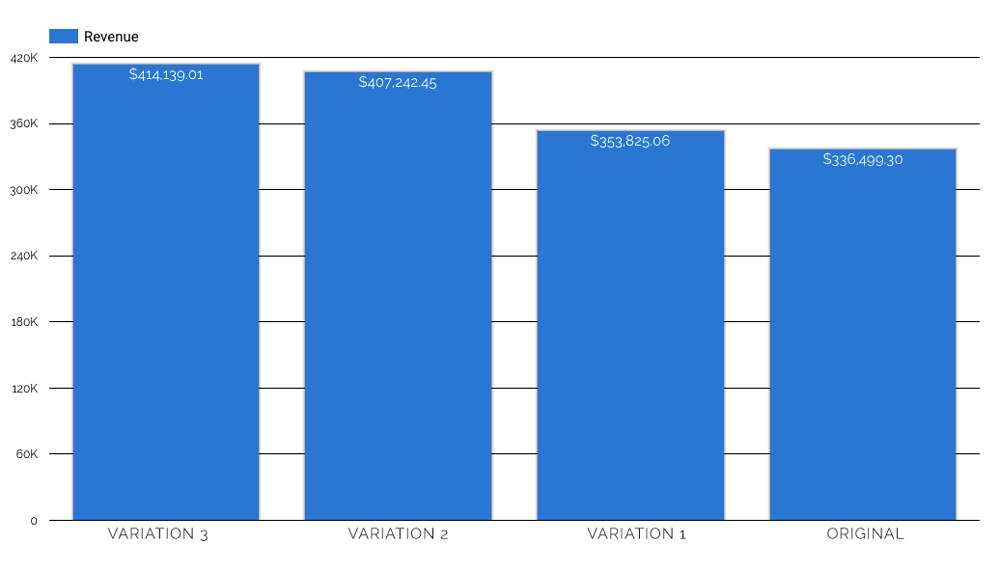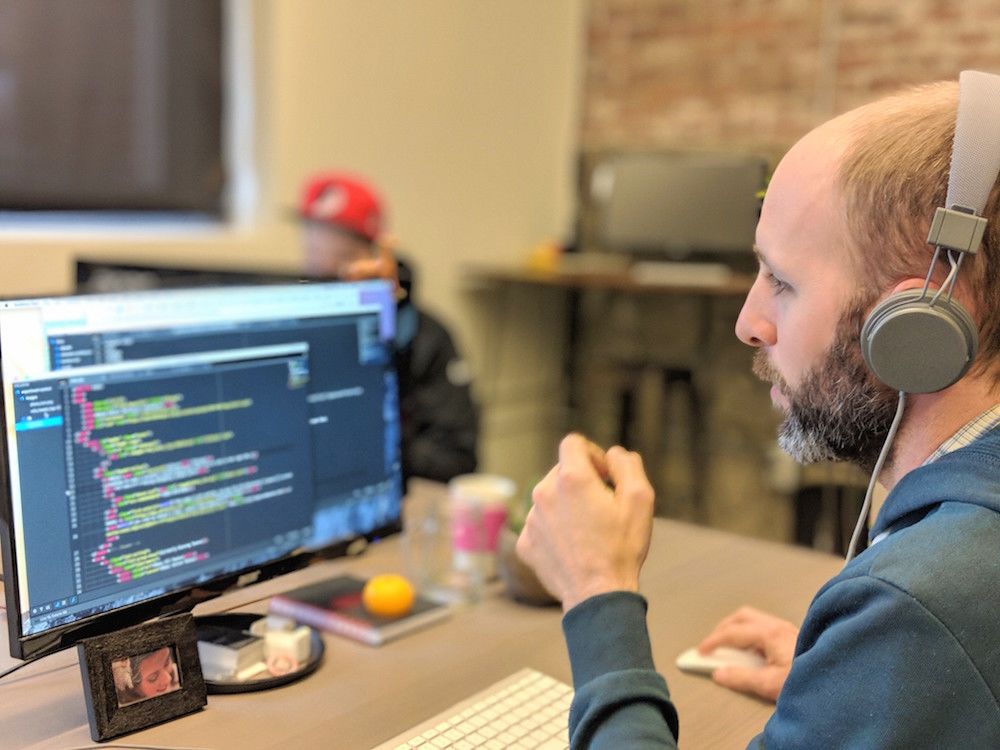Do you have a go-to person to contact with complex technical questions? For Roboboogie, that person is Josh Logan – our rockstar Technical Coordinator. This week, we’re chatting with Josh to learn more about his role at Roboboogie, the importance of QA, and his thoughts on emerging technologies.
How do you describe what you do?
As Technical Coordinator, I am responsible for a couple different aspects of production at Roboboogie. My main focus is to coordinate between our creative, analytics, and development teams to ensure that all project requirements are fulfilled, any technical questions are answered, and that our development cycle is on track. I am also responsible for Quality Assurance to ensure that tests meets all design, interaction, and data collection requirements with no functional issues. My other responsibilities include handling technical and software integrations, network and internal security, and internal process improvements.
What is a skillset that you use every day, but never thought you would have to?
Communication. It’s a common view that technical people tend to be introverted or anti-social, but one of the most crucial aspects of development, especially at a multi-disciplined agency, is strong communication. I am constantly in contact between our project managers, strategists, analysts, design resources, and clients to ensure that our development team has all the information they need, and that all key stakeholders are informed. Having good communication skills is critical for gathering, translating and transferring crucial information between our creative and technical departments.
How do you approach solving problems?
Solving problems is a significant portion of my day. Whether it’s integrating a new technology into our workflow or hunting down a bug in a test or experience we have created, I am constantly improving my ability to solve problems. For me, logic plays a key part. I try to break down the problem into smaller pieces and understand where the issue is stemming from. This helps me see things from a step-by-step perspective. From there, I can narrow in on the specific problem at hand. One piece of advice: most problems have happened to someone else out there in the world before – sometimes all you need to do is a little research to get on the right track!
What emerging technologies are you currently most excited about?
AR/VR and AI/machine learning. I am really excited about the potential that AR/VR has to change the way that we consume information and entertainment. It’s amazing that you can already play a detailed virtual game world on your coffee table, find out what a new chair will look like in your living room without buying it first, and even see your favorite band in concert while never having to leave your couch. I’m excited to see what is next.
I am also really interested to see how AI and machine Learning technology advances – specifically its role in digital optimization in the future. There will be tech that we can’t even fathom at this point. AI and machine learning could also play a huge role providing insights and personalized experiences that wouldn’t be possible today. It is an exciting time to be alive.
What is your advice to organizations that are new to A/B test development from a quality and security perspective?
Never underestimate Quality Assurance. It is easy for QA to become an afterthought in the test build process. However, ensuring that your users are getting the experience that you intended is key to testing success, and missed issues with functionality or tracking can tarnish the experience and the data integrity. Let’s be honest – QA can be hard, laborious and time consuming, but in the end it’s worth it if you are providing an exceptional experience to your users. In general, don’t be afraid to try something different or out there – the point of A/B testing is to experiment!
Thanks for the wise words, Josh! Tune in next month for an interview with another Roboboogie pro.











